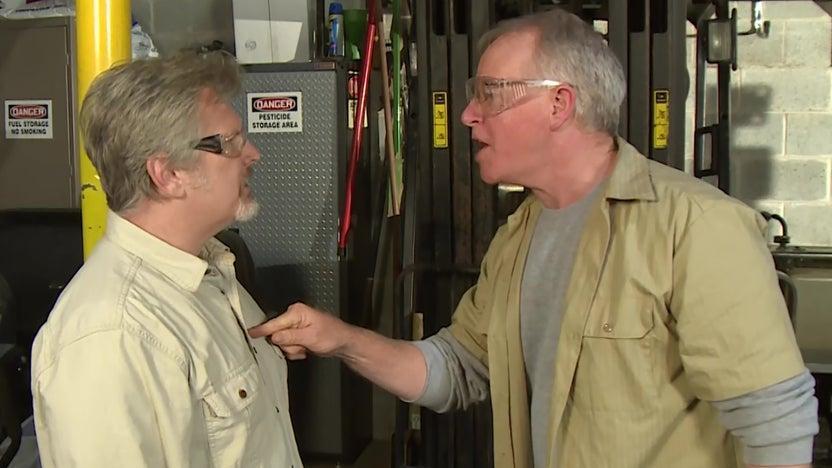Creating a safe and respectful work environment for all employees
Workplace harassment is a serious issue that can have a negative impact on the safety, productivity, and morale of employees in industrial facilities. If harassment occurs at your business, it’s important to take swift and effective action to address the issue and prevent it from happening again. Here are ten tips for dealing with workplace harassment in industrial facilities.
- Establish a clear harassment policy: The first step in preventing workplace harassment is to establish a clear policy that outlines the expectations and consequences for employees who engage in harassing behavior. This policy should be communicated to all employees and easily accessible in case employees need to refer to it.
- Provide education and training: Education and training are key tools in helping employees understand what constitutes harassment and how to prevent it. Consider offering regular training sessions or workshops on harassment prevention, and provide employees with information and resources to help them create a respectful and safe work environment.
- Encourage employees to speak up: Workplace harassment often goes unreported because employees are afraid to speak up. It’s important to create a culture where employees feel comfortable reporting incidents of harassment and know that their concerns will be taken seriously.
- Take all reports seriously: If an employee reports an incident of harassment, it’s important to take their concerns seriously and investigate the matter thoroughly. Don’t dismiss a report out of hand or assume that it’s not a serious issue.
- Conduct a thorough and impartial investigation: A harassment investigation should be thorough and impartial. This means gathering all relevant information and evidence, including witness statements and other documentation. It’s important to approach the investigation with an open mind and avoid making assumptions about the individuals involved.
- Keep the investigation confidential: The investigation process should be kept confidential to protect the privacy of all individuals involved. Only those who need to know about the investigation should be informed, and all information should be kept strictly confidential.
- Be fair to all parties: It’s important to be fair to all parties involved in the investigation, including the person making the claim and the individual accused of harassment. Both parties should be given the opportunity to provide their side of the story and have their concerns heard.
- Avoid retaliation: Retaliation against an individual who has made a harassment claim is illegal and can have serious consequences for your business. Make sure that all parties involved in the investigation are protected from retaliation, and take steps to prevent it from occurring.
- Implement any necessary changes: If the investigation determines that harassment has occurred, it’s important to implement any necessary changes to prevent it from happening again. This may include updating your company’s policies, providing additional training, or taking disciplinary action against the individual responsible.
- Follow-up: After the investigation is complete, it’s important to follow up with all parties involved to ensure that any necessary changes have been made and that the issue has been resolved. This can help restore trust and confidence in the workplace and prevent similar incidents from occurring in the future.
By following these tips, you can effectively deal with workplace harassment in industrial facilities and create a safe and respectful work environment for all employees. This will help protect the rights and well-being of your employees and ensure a productive and successful business.
Do you need Online Training for Preventing Workplace Harassment?
Try a free demonstration of our Workplace Harassment training, where you can see the full content of the training program:










